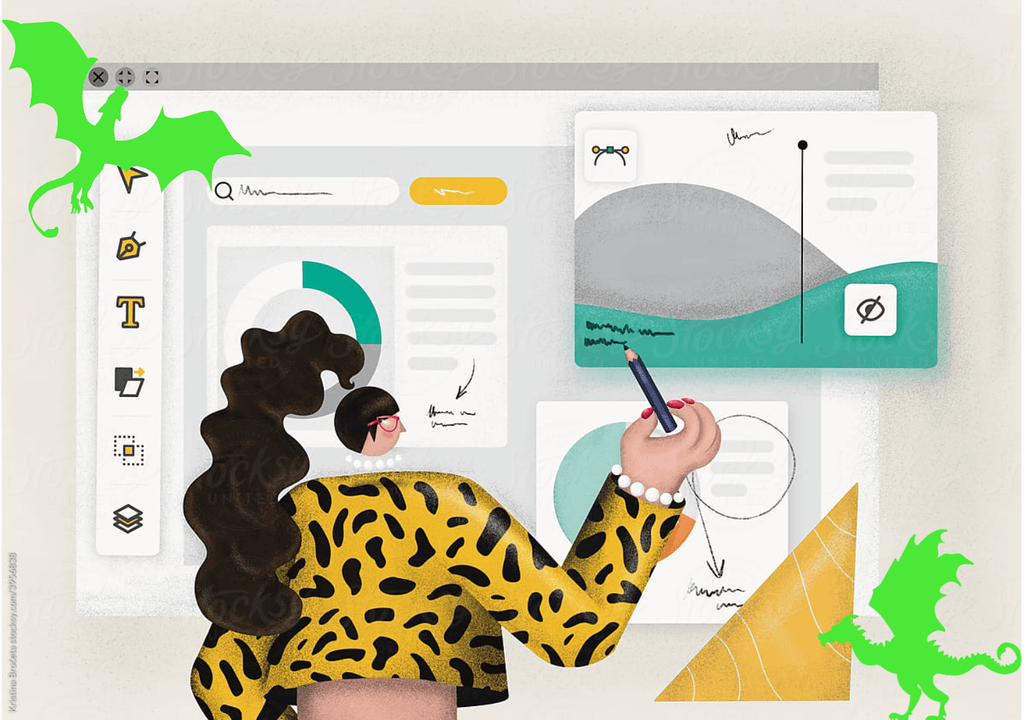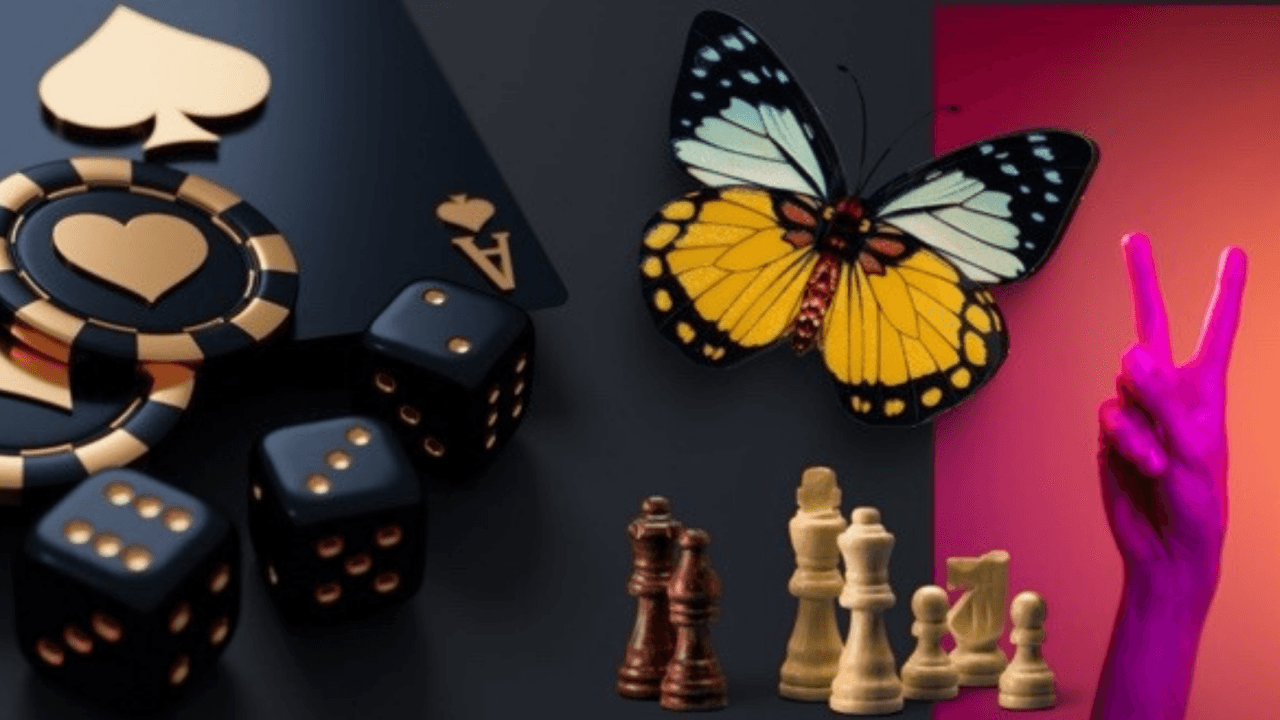05.23.2024
Dragons Love Experience Design

I read … a lot.
Let me be more specific.
I read a lot … of children’s books … to my kids.
At the end of most of these rousing literary journeys before bed, I wonder:
“How do we take such simple, beautiful, logical concepts written about in these books for children and terrorize them as adults?”
I also feel this bewilderment about my chosen field: Experience Design.
How can a concept so core, so critical, so essential – okay, maybe I’m biased – to the health of any organization be as misunderstood as it is?
Now, I admit that this is a relatively “new” field, and its principles are starting to ripple through the business communities somewhat haphazardly.
Still, one can only be accused of “experiential fluff” so much before an article must be written.
So, alas, here we are!
I’m going to take a few moments to break this topic down in a manner that perhaps even my children might understand (or at least stay awake for).
Let’s start here.
WHAT IS THE EXPERIENCE ECONOMY?
First introduced by Joseph Pine II and James H. Gilmore, the “experience economy” is a concept that describes a shift in the value that consumers place on experiences rather than just products or services.
In this economy, businesses intentionally design and provide memorable and engaging experiences to their priority audiences. These experiences go beyond traditional offerings and focus on creating emotional connections and lasting impressions.
“Unless businesses aspire to be relegated to a commoditized realm, they must ascend to the next echelon of economic value.”
In essence, if you are open for business, you are operating in the experience economy, and your ability to understand it, plan for it, and operate in it will determine how far into the future you make it.
WHAT KINDS OF “EXPERIENCES” ARE WE REFERRING TO?
- Customer Experience (CX)
- User Experience (UX)
- Employee Experience (EX)
WHAT IS THE DIFFERENCE?
In short …
While customer experience (CX) focuses on the interactions between an organization and its customers, user experience (UX) concentrates on the design and usability of specific products or services, and employee experience (EX) centers on creating a positive work environment for employees.
All three are critical for the success and sustainability of an organization, as they impact customer satisfaction, product adoption, and employee retention.
For my maturity curve thinkers out there, consider the following:
- Effective experience design ensures that your audience, regardless of their identity, achieves success effortlessly within your ecosystem, whether virtual, physical, or omnichannel. The steps they navigate are clear, seamless, and hassle-free.
- Exceptional experience design forges a series of moments your audience relishes as they progress toward their goals. They are not just satisfied but genuinely “delighted” by the experience.
- Outstanding experience design imprints your brand in the minds of your audience, positioning it as a trusted resource they rely on, eagerly anticipate, turn to for recommendations, cannot do without, and passionately endorse. Organizations committed to exceptional experience design break free from the constraints of competition.
WHY IS GOOD EXPERIENCE DESIGN [AND IMPLEMENTATION] CHALLENGING?
The real question is, why ISN’T this challenging?
The list here is long and looks a little different from industry to industry, but the key barriers we most often see include:
Diverse Stakeholder Interests and Internal Agendas (“Bummer”)
Organizations often have multiple stakeholders, each with their own goals and expectations. Balancing the needs and preferences of customers, employees, shareholders, and other parties can be complex, especially when they conflict.
Complex Ecosystems (“Ugh”)
Many modern businesses operate in complex ecosystems, spanning physical and digital channels. Designing consistent and seamless experiences across these various touchpoints can be daunting.
Rapid Technological Advances (“What is that?!”)
The pace of technological change is relentless. Organizations must continually adapt and integrate new technologies to remain competitive, which can introduce complexity into experience design efforts.
Data and Personalization Concerns (“Creepy”)
Consumers increasingly expect personalized experiences. However, collecting, analyzing, and using data responsibly to deliver tailored experiences can be challenging, especially with privacy concerns and regulations.
Cultural and Organizational Shifts (“One day …”)
Transforming an organization’s culture to prioritize user-centric design and customer experience can be challenging. Resistance to change, hierarchical structures, and entrenched processes can hinder progress.
Resource Constraints (“So … who’s going to do that?”)
Limited budgets, time constraints, and a shortage of skilled designers can hinder an organization’s ability to invest in experience design effectively.
Legacy Systems and processes (“Our system won’t support that”)
Many organizations have legacy systems and processes that must be re-designed with user experience in mind. Integrating these into a modern, user-centric approach can be … well, difficult.
No wonder so few leaders are interested in leading the charge!
Overcoming these obstacles requires a commitment to ongoing learning, flexibility, and a user-centric mindset throughout the organization.
But here’s my promise: do this well, and it will become your mote.
HOW DO I MEASURE THE IMPACT OF EXPERIENCE DESIGN?
Before ever asking about dashboards, reports, or metrics, I will always (sometimes seemingly out of the blue) ask new clients the following:
- “What does success ACTUALLY look like for you this year?”
- “What strategic priorities are you working towards as an organization?
- “How aligned are you with the other leaders in the organization?
- “What are you actively learning from your audiences?”
- “What are you trying to learn?”
Each organization will have its own list of priority metrics, but they’re only meaningful if you’re learning from them.
Here are a few fundamental health indicators that we like to look at:
Net Promoter Score (NPS): NPS is a widely used metric that measures customer loyalty and satisfaction. It asks customers how likely they are to recommend the company’s product or service to others. NPS can provide a good indication of whether your experience design efforts are resonating with customers.
Customer Satisfaction (CSAT) Score: CSAT measures overall customer satisfaction with a product or service. It usually involves asking customers to rate their satisfaction on a scale (e.g., 1-5 or 1-10). Regularly tracking CSAT scores can help you understand the impact of changes in your design on customer satisfaction.
Customer Effort Score (CES): CES measures the ease with which customers can achieve their goals when interacting with your organization. Lower effort scores indicate a more positive user experience.
Conversion Rates: Monitoring conversion rates at various stages of the customer journey can help you understand how well your design encourages users to take desired actions.
Churn Rate: A high churn rate (the rate at which customers stop doing business with you) may indicate a poor user experience. Tracking churn can help you assess the impact of your design on customer retention.
Customer Lifetime Value (CLV): CLV calculates the total value a customer brings to your business over their lifetime. Improving the user experience can lead to higher CLV as satisfied customers are more likely to make repeat purchases.
And then yes, of course, Revenue Metrics: Ultimately, the impact of experience design should be reflected in financial metrics such as increased sales, higher average transaction values, or improved customer retention rates.
WHAT IS THE OPPORTUNITY?
Sometimes, I take a gloomier approach and present the question: What happens if you don’t prioritize this?
Just kidding.
Enhanced customer loyalty, increased customer retention, genuine competitive advantage, increased conversion rates, increased revenue, improved brand perception, more active user engagement, lower support costs, data-driven innovation, and … I don’t know … LONG-TERM RESILIENCE… to name a few.
Investing in outstanding, lasting, improving experience design can lead to opportunities that ultimately drive growth, profitability, and sustainability for organizations.
My final hot take: the experience you’re creating is the only truly proprietary thing you have, and it IS the battleground for market share.
It’s not just about creating a better user interface (“fluff”); it’s about building lasting relationships with customers and positioning your brand for success in an increasingly competitive landscape.


